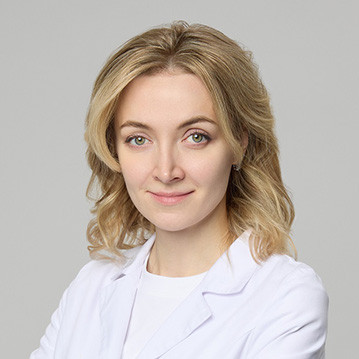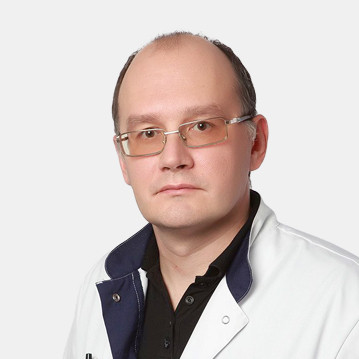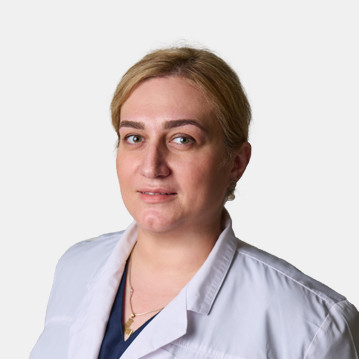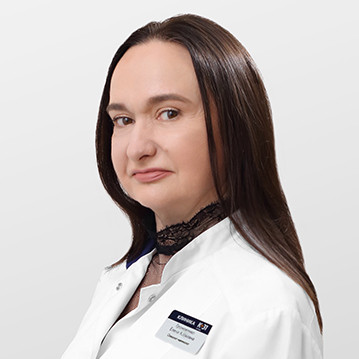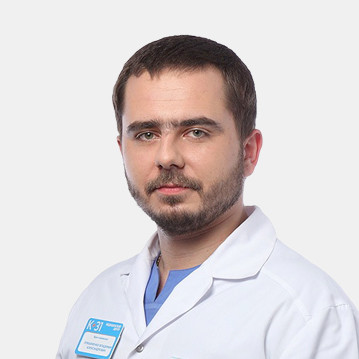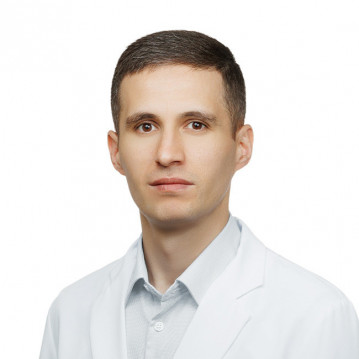
An inflammatory process of any origin, localized in the mammary gland, is called mastitis. The mammary glands are composed of fat and glandular tissue - components that are loose in structure. Inside there are ducts for milk removal. Such a structure contributes to the fact that any inflammation will spread faster than in muscles or bones, therefore, in case of discomfort in the chest, it is necessary to see a mammologist or surgeon as soon as possible.
Types of mastitis
By the factor of occurrence, postpartum (lactational) and fibrocystic mastitis are distinguished. The first appears on the 5-8th day after childbirth or caesarean section, when milk production increases sharply. The child cannot yet completely drink it, and the woman cannot express everything to the end, therefore, stagnation, blockage of the ducts occurs. This situation contributes to the development of the inflammatory process.
Fibrocystic mastitis is not associated with the appearance of an infant, it is caused by the penetration of bacteria into the tissue or ducts of the gland and their active growth. Pathogenic biological agents can be introduced with the blood or lymph flow from the source of infection in the body - for example, axillary lymph node, carious tooth.
By the nature of the discharge, mastitis is of two types:
- purulent - observed when microbes enter and multiply;
- aseptic - not associated with microbes, develops with chest injury, milk stagnation.
In most patients, the pathology is acute, but in the absence of treatment, late treatment, weakened immunity, it can turn into a chronic form.
Many consider mastitis to be a female disease, but in rare cases it also develops in men and children.


